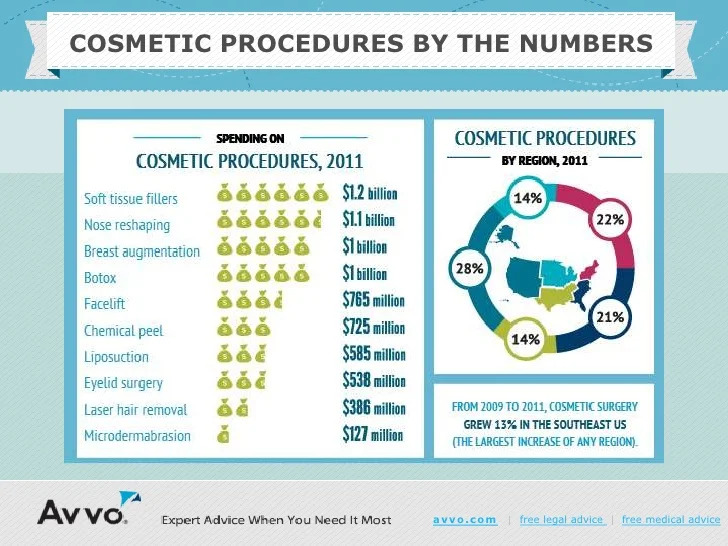Acne Prevention
Acne Prevention
Blog Article
Acne Treatment - What Are AHAs in Acne Therapy?
AHAs are a crucial ingredient for unclogging pore blockages and lightening up acne-prone skin. They work by breaking down dead skin cell build-up to advertise newer, fresher cells, and stopping future obstructions.
Formulating topical AHAs demands careful attention to numerous essential factors that dramatically affect their efficacy and tolerability. Preserving the optimal pH array, along with lorry choice and concentration, magnifies their exfoliative characteristics while minimizing prospective damaging reactions.
Glycolic acid
Glycolic acid is recognized for its moderate yet reliable scrubing residential or commercial properties, which advertise skin's natural losing and loosen the "adhesive" that holds dead cells on the surface of the skin. This aids unclog pores and decrease the appearance of great lines and wrinkles, in addition to boost general skin appearance and tone.
Remarkably, topical glycolic acid has additionally been shown to boost the production of collagen, which is important in maintaining skin's suppleness and flexibility. It is very important to keep in mind, however, that due to the fact that glycolic acid can stimulate the skin's level of sensitivity to sunlight, it is necessary to put on sunscreen when utilizing any kind of products having this ingredient.
Skin specialists pay mindful attention to the solution of products including AHAs in order to maximize their efficacy and tolerability. Developing AHAs with the ideal car, in addition to pH and concentration considerations, permits optimal skin penetration while decreasing potential negative responses. This is particularly important for people with sensitive skin, considering that AHAs are recognized to be mildly annoying.
Lactic acid
Lactic acid is located in numerous over-the-counter skin treatment products and some stronger specialist peels and treatments. It has the most affordable molecular weight of all the AHAs and has the ability to penetrate deeper right into the skin, where it is more efficient at unclogging pores and scrubing.
Like glycolic acid, it also promotes collagen synthesis, which aids reduce fine lines and wrinkles and boost skin texture. Furthermore, it has moisture-retention buildings, which makes it more suitable for drier skin types than various other AHAs.
The considerable body of clinical data corroborating the efficiency of topical AHAs sustains their utility in a large range of skin-related ailments and visual concerns. These include elaborate skin restoration treatments, attenuation of fine lines and wrinkles, lightening of hyperpigmentation, restorative treatment for actinic keratosis, and acne management [2] Enhancing the lactic acid solution of AHAs by stabilizing pH, focus, and vehicle selection even more improves their restorative capacity. These mindful considerations enable dermatologists to deliver risk-free and efficient therapies that give premium professional outcomes.
Mandelic acid
Mandelic acid, derived from almonds, is one more participant of the AHA family members and is a preferred ingredient in products that help treat acne. Its larger molecular size means it permeates the skin much more slowly and gently, which can decrease the potential for irritation. It's also much less likely to trigger redness and other skin level of sensitivity concerns, making it ideal for delicate skin kinds.
Mandelic Acid is believed to help in reducing swelling and increase hydration. It functions by loosening up the bonds in between dead skin cells, permitting them to lose and disclose fresher-looking skin. It additionally helps in reducing the look of bigger pores.
Developing topical products with AHAs needs an exact balance of essential elements that considerably affect their efficacy and tolerability. In particular, the pH of an AHA formula has been shown to play a critical duty in its capacity to advertise peeling and improve skin tone and texture. Attaining this optimum focus is a difficult goal and requires meticulous focus to the numerous aspects that affect the formulation procedure.
Citric acid
Citric acid, located in citrus fruits such as oranges and lemons, is a moderate AHA. It's less irritating than glycolic or lactic acid, making it more suitable for delicate skin. It likewise has astringent homes, helping to dry out excess oil.
Like various other AHAs, citric acid can be utilized in chemical peels and daily active/maintenance therapies to scrub the skin and promote cell turn over. It can help in reducing the appearance of dark places and hyperpigmentation, in addition to fine face lines.
It can likewise increase the synthesis of glycosaminoglycans, which play a vital duty in enhancing the skin barrier feature. This helps to avoid trans-epidermal water loss, and preserve ideal hydration levels in the skin [35]
AHAs can be incorporated with relaxing ingredients such as ceramides or hyaluronic acid to boost their tolerability. They can be integrated right into everyday active/maintenance skincare via lotion or serum solutions. This enables practitioners to tailor their AHA therapies based on patient requirements and preferences, with the adaptability of selecting from various treatment intensities or focus.